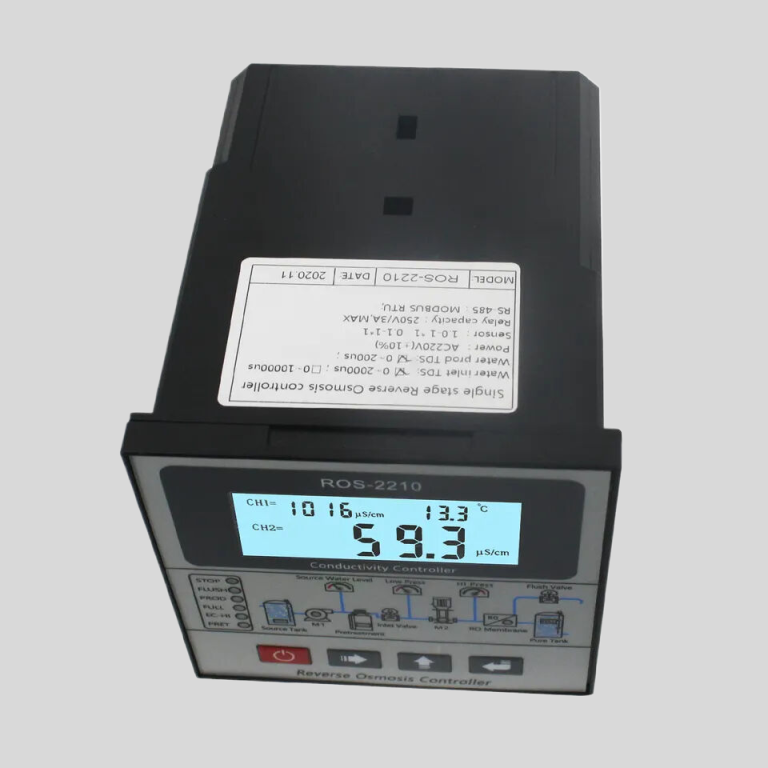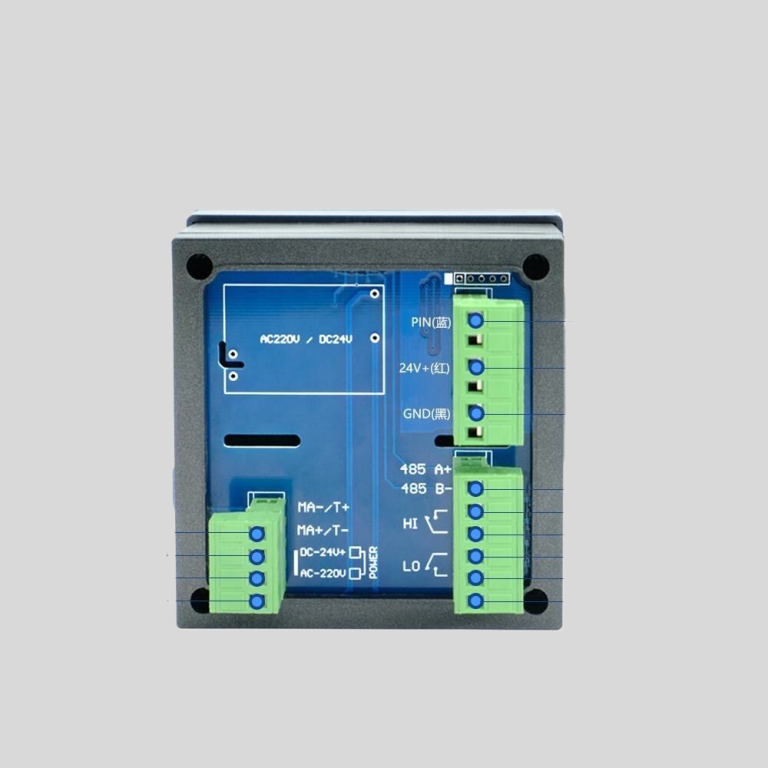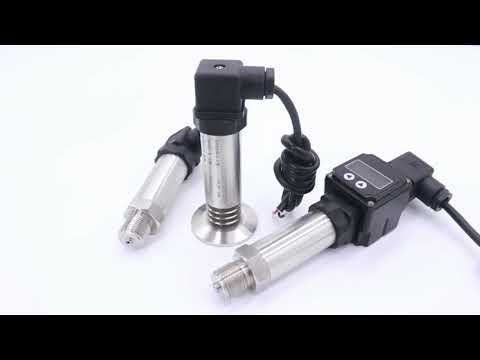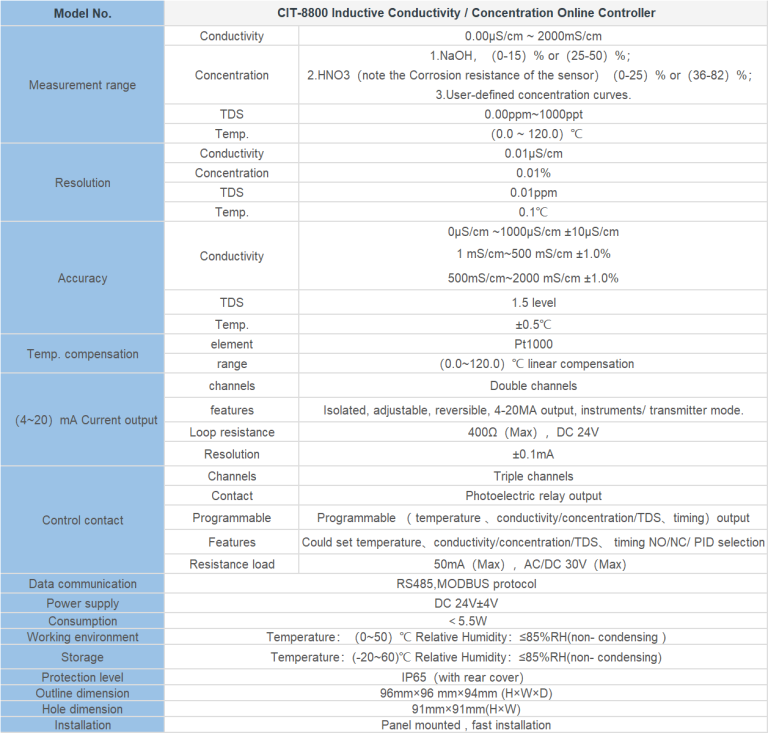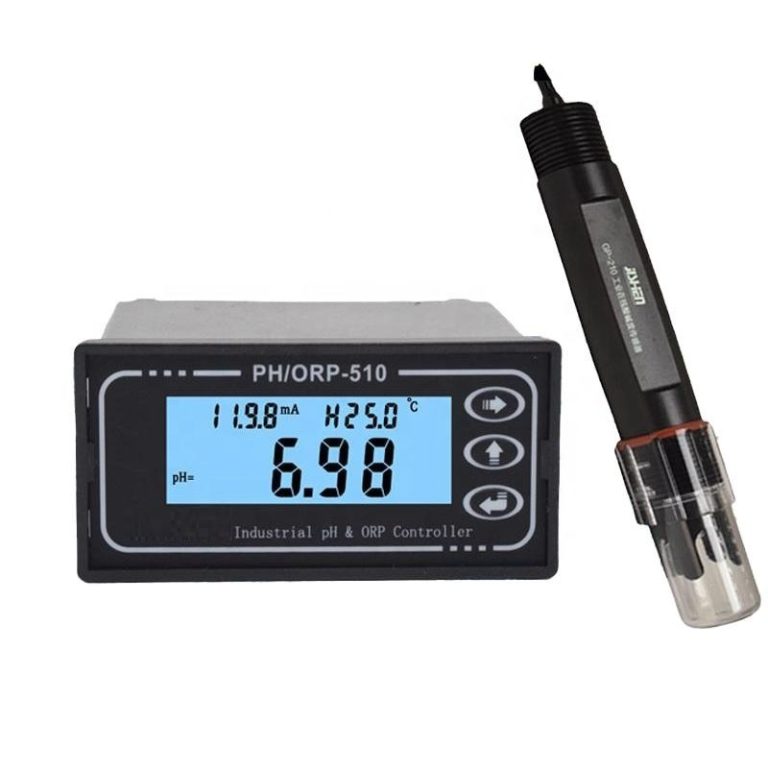“Understanding the power of soil: resistivity vs conductivity”
Table of Contents
The Importance of Understanding Soil Resistivity for Grounding Systems
Soil resistivity and conductivity are two important factors to consider when designing grounding systems for electrical installations. Understanding the differences between these two properties is crucial in ensuring the safety and effectiveness of the grounding system.
Soil resistivity refers to the resistance of the soil to the flow of electrical current. It is a measure of how well the soil can conduct electricity. Soil resistivity is influenced by various factors such as moisture content, mineral composition, temperature, and compaction. High resistivity soils have poor conductivity, which can lead to higher ground resistance in grounding systems.
On the other hand, soil conductivity is a measure of how well the soil can conduct electricity. Conductivity is the reciprocal of resistivity and is a measure of the ability of the soil to allow electrical current to flow through it. Soils with high conductivity have low resistivity and are better conductors of electricity. Conductivity is influenced by factors such as moisture content, salt content, and temperature.
To overcome the challenges posed by high resistivity soils, grounding systems may need to be designed with additional grounding electrodes or conductors to reduce ground resistance. Soil resistivity testing is essential in determining the resistivity of the soil at a specific location and in designing an effective grounding system. By understanding the resistivity of the soil, engineers can make informed decisions on the type and placement of grounding electrodes to achieve the desired level of ground resistance.
Soil resistivity testing involves measuring the resistance of the soil to the flow of electrical current using specialized equipment such as soil resistivity meters. The test results provide valuable information on the resistivity of the soil at different depths and locations, allowing engineers to optimize the design of the grounding system for maximum effectiveness.
In contrast, soil conductivity testing measures the ability of the soil to conduct electricity and provides information on the overall conductivity of the soil. Conductivity testing is important in determining the corrosive properties of the soil and the potential for stray currents to cause damage to buried structures.
In conclusion, soil resistivity and conductivity are important factors to consider when designing grounding systems for electrical installations. Understanding the resistivity of the soil is crucial in determining the overall ground resistance of the system and ensuring its effectiveness in dissipating fault currents and protecting equipment and personnel from electrical hazards. Conductivity testing is also important in assessing the corrosive properties of the soil and the potential for stray currents to cause damage. By conducting soil resistivity and conductivity testing, engineers can design grounding systems that meet safety standards and provide reliable protection against electrical hazards.
Conductivity Measurements: How to Determine the Electrical Conductivity of Soil
Soil resistivity and conductivity are two important properties that play a crucial role in determining the electrical behavior of soil. Understanding the differences between these two properties is essential for various applications, such as grounding systems, corrosion protection, and geotechnical engineering. In this article, we will delve into the concepts of soil resistivity and conductivity, and explore how they are measured and interpreted.
Soil resistivity is a measure of how much a material resists the flow of electrical current. It is influenced by factors such as moisture content, mineral composition, temperature, and compaction. Soil resistivity is typically measured in ohm-meters (Ωm) and is an important parameter for designing grounding systems and assessing the corrosivity of soil.
On the other hand, soil conductivity is a measure of how well a material conducts electrical current. It is the reciprocal of resistivity and is typically measured in siemens per meter (S/m). Soil conductivity is influenced by the same factors as resistivity, but in the opposite direction. Higher moisture content, mineral content, and temperature tend to increase soil conductivity.
The relationship between soil resistivity and conductivity is inversely proportional. As resistivity increases, conductivity decreases, and vice versa. This relationship is important to consider when interpreting soil electrical properties and designing electrical systems that rely on the conductivity of the soil.
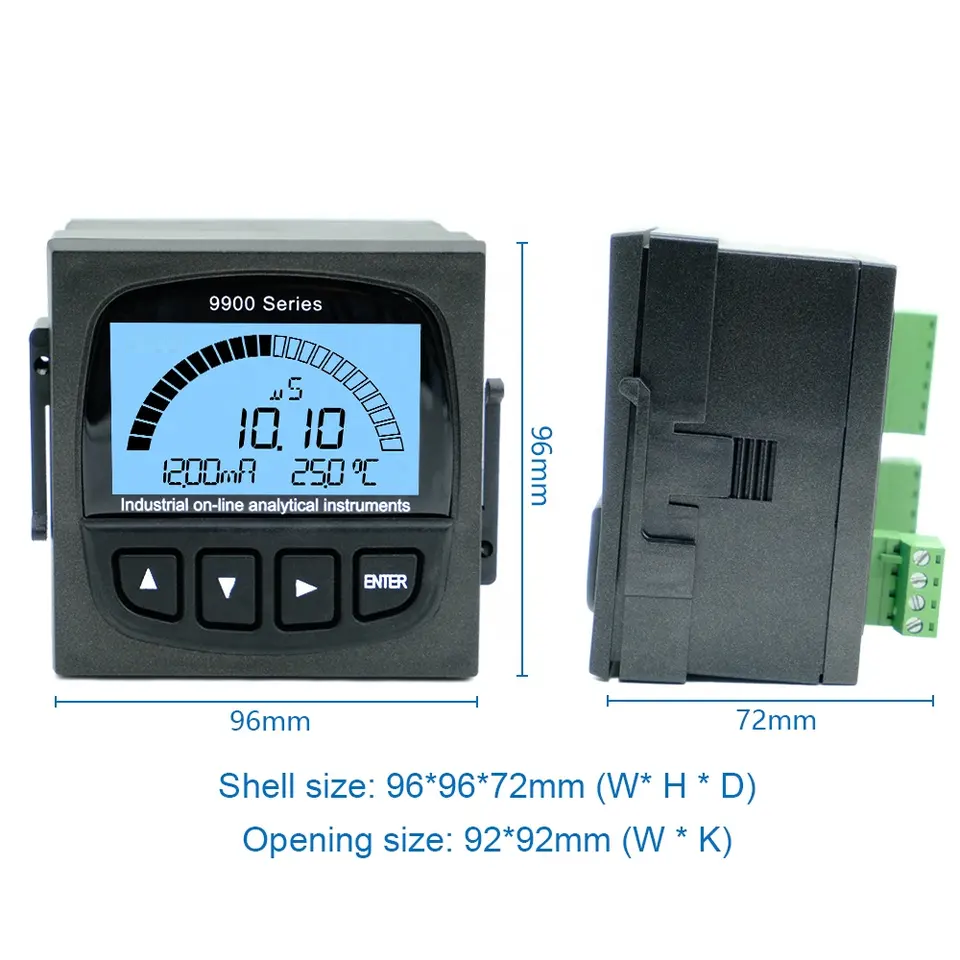
Measuring soil resistivity and conductivity involves using specialized equipment such as soil resistivity meters and conductivity meters. These instruments apply a known voltage to the soil and measure the resulting current flow. By analyzing the voltage and current data, the resistivity and conductivity of the soil can be calculated.
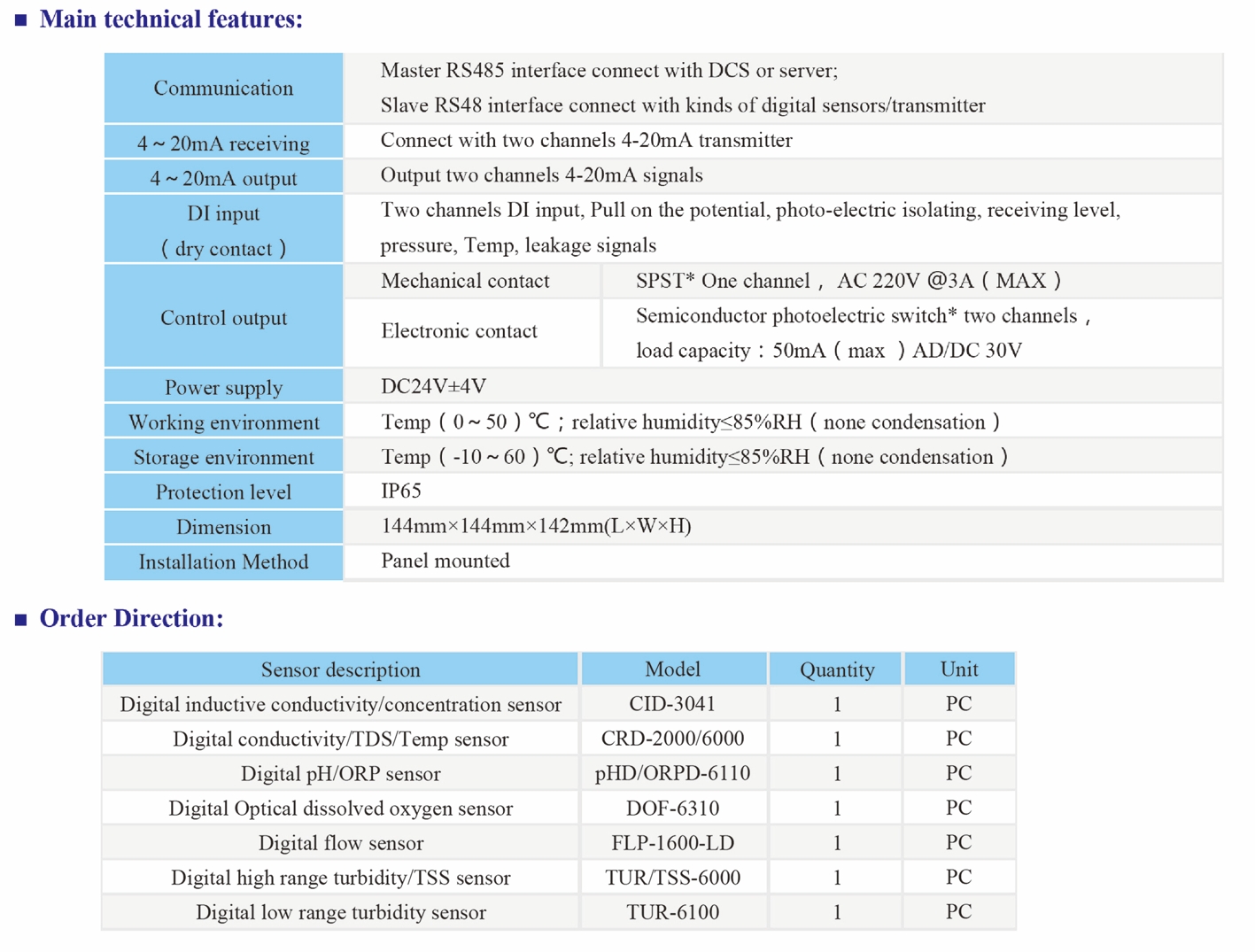
When conducting resistivity measurements, it is important to take into account the depth of the measurement electrodes. The resistivity of soil can vary significantly with depth, so multiple measurements at different depths may be necessary to accurately characterize the soil’s electrical properties.
In contrast, conductivity measurements are typically performed at the surface of the soil, as conductivity tends to be more uniform across the top layer. However, it is still important to consider factors such as moisture content and temperature variations that can affect conductivity measurements.
Interpreting soil resistivity and conductivity data requires an understanding of the specific application and the desired outcome. For example, in grounding system design, low resistivity and high conductivity are desirable to ensure effective dissipation of electrical currents and protection against lightning strikes.
| CCT-3300 | ||||
| Constant | 10.00cm-1 | 1.000cm-1 | 0.100cm-1 | 0.010cm-1 |
| Conductivity | (500~20,000) | (1.0~2,000) | (0.5~200) | (0.05~18.25) |
| μS/cm | μS/cm | μS/cm | MΩ·cm | |
| TDS | (250~10,000) | (0.5~1,000) | (0.25~100) | —— |
| ppm | ppm | ppm | ||
| Medium Temp. | (0~50)℃(Temp. Compensation : NTC10K) | |||
| Resolution | Conductivity: 0.01μS/cm;0.01mS/cm | |||
| TDS: 0.01ppm | ||||
| Temp.: 0.1℃ | ||||
| Accuracy | Conductivity:1.5%(FS) | |||
| Resistivity: 2.0%(FS) | ||||
| TDS:1.5%(FS) | ||||
| Temp:±0.5℃ | ||||
| Analog Output | Single isolated(4~20)mA,instrument/transmitter for selection | |||
| Control Output | SPDT relay,Load Capacity: AC 230V/50A(Max) | |||
| Working Environment | Temp: (0~50)℃;Relative humidity: ≤85%RH(none condensation) | |||
| Storage Environment | Temp:(-20~60)℃; Relative humidity ≤85%RH(none condensation) | |||
| Power Supply | DC 24V/AC 110V/AC 220V±15%(for selection) | |||
| Dimension | 48mm×96mm×80mm (H×W×D) | |||
| Hole Size | 44mm×92mm (H×W) | |||
| Installation | Panel mounted, fast installation | |||
In geotechnical engineering, soil resistivity and conductivity can provide valuable information about the stability and drainage properties of the soil. High resistivity soils may indicate poor drainage and potential for slope instability, while high conductivity soils may be more prone to erosion and contamination.
| Model | CM-230S Ecomonical conductivity monitor |
| Range | 0-200/2000/4000/10000uS/cm |
| 0-100/1000/2000/5000PPM | |
| Accuracy | 1.5%(FS) |
| Temp. Comp. | Automatic temperature compensation based on 25℃ |
| Oper. Temp. | Normal 0~50℃; High temp 0~120℃ |
| Sensor | Standard:ABS C=1.0cm-1 (others are optional) |
| Display | LCD Screen |
| Zero Correction | Manual correction for low range 0.05-10ppm Set from ECO |
| Unit Display | uS/cm or PPM |
| Power | AC 220V±10% 50/60Hz or AC 110V±10% 50/60Hz or DC24V/0.5A |
| Working Environment | Ambient temperature:0~50℃ |
| Relative humidity≤85% | |
| Dimensions | 48×96×100mm(H×W×L) |
| Hole Size | 45×92mm(H×W) |
| Installation Mode | Embedded |
In conclusion, soil resistivity and conductivity are important properties that influence the electrical behavior of soil. By understanding the differences between these two parameters and how they are measured, engineers and scientists can make informed decisions when designing electrical systems, assessing soil corrosivity, and evaluating geotechnical properties. Conductivity measurements provide valuable insights into the electrical characteristics of soil and play a crucial role in a wide range of applications.

